Henri Cartier-Bresson Follow Charles Henri Ford Paris 1935 Gelatin silver print, probably printed 1960s. 7 x 9 3/4 in. (17.8 x 24.8 cm) Credited in an unidentified hand in ink and 'Charles Henri Ford' stamp on the reverse of the flush-mount.
Provenance Charles Cowles Gallery, New York Catalogue Essay The American writer, editor, and photographer Charles Henri Ford (1908-2002) moved to Paris in 1929. He had already achieved notoriety with his journal Blues: A Magazine of New Rhythms which provided a forum for such poets as Ezra Pound and William Carlos Williams. In Paris, the rakish Ford became part of Gertrude Stein’s circle of literary and artistic luminaries. There he co-authored The Young and Evil ; for its frank depiction of homosexuality, Stein later called it “the novel that beat the Beat Generation by a generation.” This street portrait of Ford by Cartier-Bresson is a mischievous collaboration between photographer and subject. Another print of this image is in the collection of the San Francisco Museum of Modern Art. Read More Artist Bio Henri Cartier-Bresson French • 1908 - 2004 Follow Candidly capturing fleeting moments of beauty among the seemingly ordinary happenings of daily life, Henri Cartier-Bresson's work is intuitive and observational. Initially influenced by the Surrealists' "aimless walks of discovery," he began shooting on his Leica while traveling through Europe in 1932, revealing the hidden drama and idiosyncrasy in the everyday and mundane. The hand-held Leica allowed him ease of movement while attracting minimal notice as he wandered in foreign lands, taking images that matched his bohemian spontaneity with his painterly sense of composition. Cartier-Bresson did not plan or arrange his photographs. His practice was to release the shutter at the moment his instincts told him the scene before him was in perfect balance. This he later famously titled "the decisive moment" — a concept that would influence photographers throughout the twentieth century. View More Works
Henri Cartier-Bresson Follow Charles Henri Ford Paris 1935 Gelatin silver print, probably printed 1960s. 7 x 9 3/4 in. (17.8 x 24.8 cm) Credited in an unidentified hand in ink and 'Charles Henri Ford' stamp on the reverse of the flush-mount.
Provenance Charles Cowles Gallery, New York Catalogue Essay The American writer, editor, and photographer Charles Henri Ford (1908-2002) moved to Paris in 1929. He had already achieved notoriety with his journal Blues: A Magazine of New Rhythms which provided a forum for such poets as Ezra Pound and William Carlos Williams. In Paris, the rakish Ford became part of Gertrude Stein’s circle of literary and artistic luminaries. There he co-authored The Young and Evil ; for its frank depiction of homosexuality, Stein later called it “the novel that beat the Beat Generation by a generation.” This street portrait of Ford by Cartier-Bresson is a mischievous collaboration between photographer and subject. Another print of this image is in the collection of the San Francisco Museum of Modern Art. Read More Artist Bio Henri Cartier-Bresson French • 1908 - 2004 Follow Candidly capturing fleeting moments of beauty among the seemingly ordinary happenings of daily life, Henri Cartier-Bresson's work is intuitive and observational. Initially influenced by the Surrealists' "aimless walks of discovery," he began shooting on his Leica while traveling through Europe in 1932, revealing the hidden drama and idiosyncrasy in the everyday and mundane. The hand-held Leica allowed him ease of movement while attracting minimal notice as he wandered in foreign lands, taking images that matched his bohemian spontaneity with his painterly sense of composition. Cartier-Bresson did not plan or arrange his photographs. His practice was to release the shutter at the moment his instincts told him the scene before him was in perfect balance. This he later famously titled "the decisive moment" — a concept that would influence photographers throughout the twentieth century. View More Works
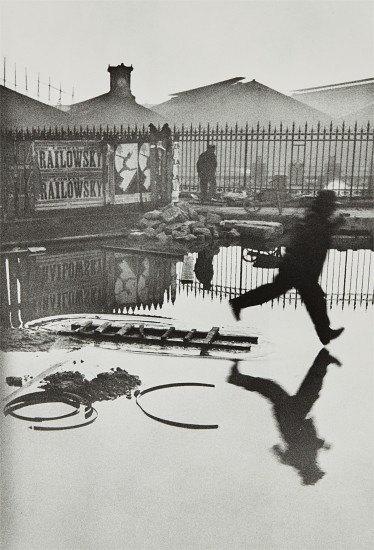
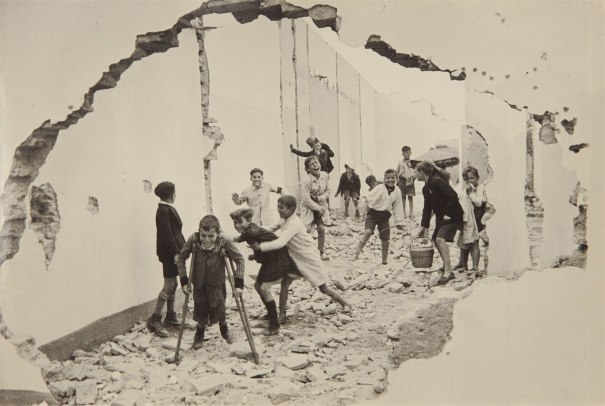

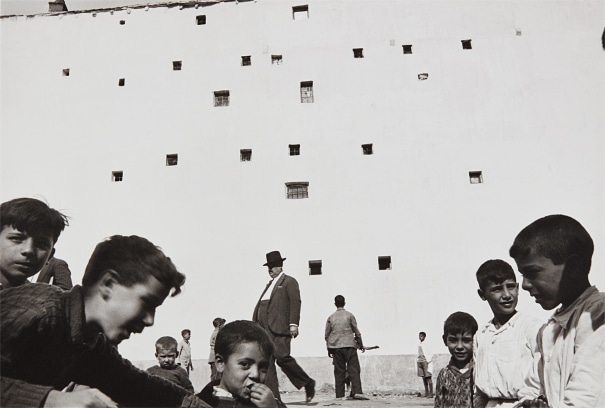
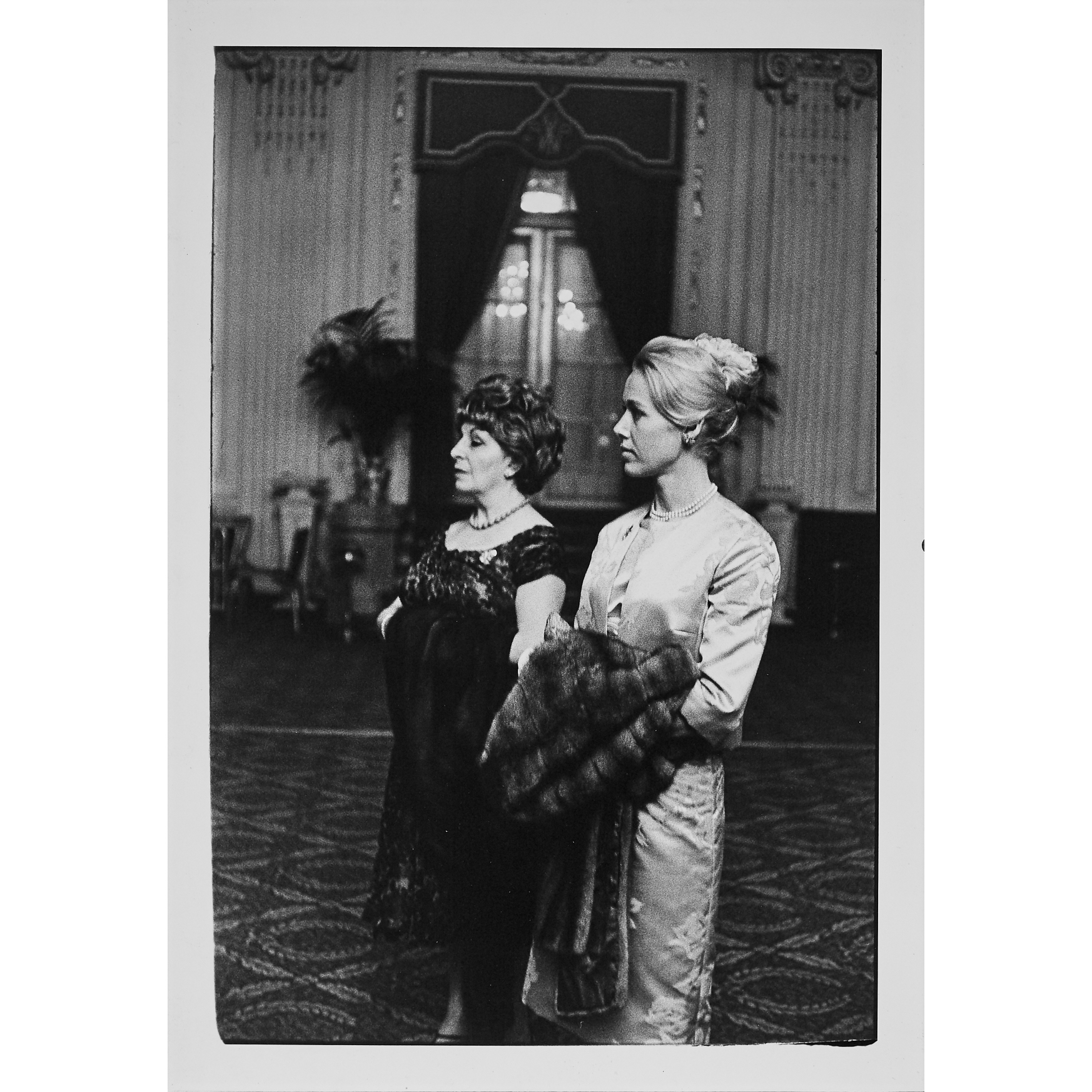





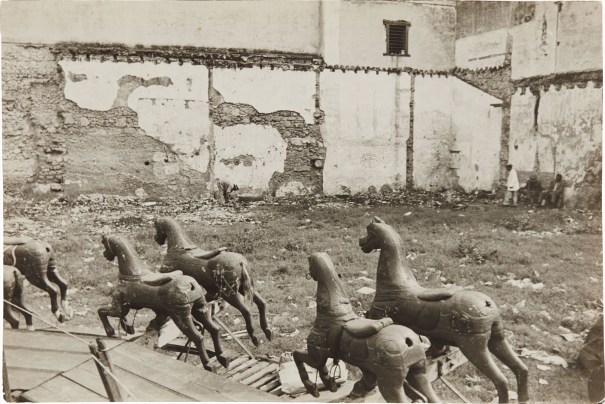
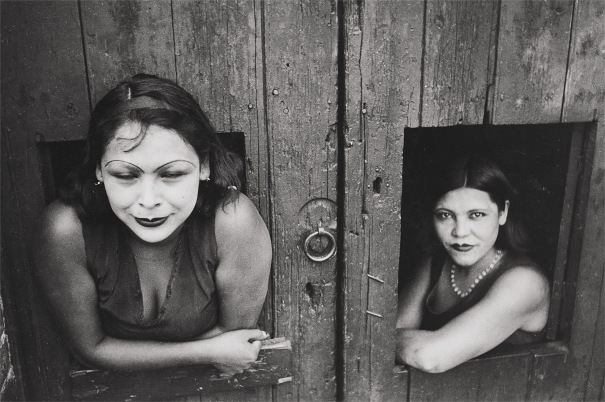


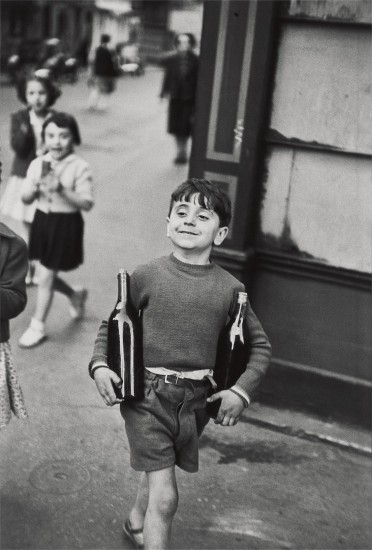
Testen Sie LotSearch und seine Premium-Features 7 Tage - ohne Kosten!
Lassen Sie sich automatisch über neue Objekte in kommenden Auktionen benachrichtigen.
Suchauftrag anlegen